How to Use London Trams, Getting around London Guide
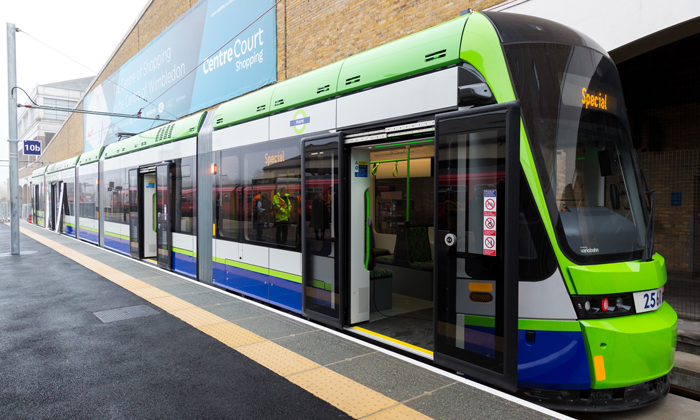
The London Tramlink, established in 2000, is a light rail system that primarily serves South London, with routes connecting key areas such as Wimbledon, Croydon, and Beckenham. Unlike the Underground, which operates below ground, the Tramlink runs on dedicated tracks above ground, providing passengers with a smooth, reliable, and scenic journey. This separation from road traffic ensures that the trams are less susceptible to delays, making them a reliable alternative for daily commuters. The Tramlink is also part of Transport for London (TfL), which integrates it seamlessly with the wider transport network, making fare payments easy and flexible for Londoners who rely on public transportation. When visiting London, it’s essential to familiarize yourself with the various transportation options available. One of the most efficient and popular methods is the Docklands Light Railway (DLR). For a comprehensive guide on how to use the DLR and navigate London with ease, check out our Getting around London Guide: How to Use Docklands Light Railway (DLR).
History and Evolution of the Tramlink
The Tramlink marks the revival of trams in London after a long hiatus, following the phase-out of traditional tram lines in the mid-20th century. The current system, originally known as Croydon Tramlink, was introduced to provide a modern, eco-friendly solution for areas that were underserved by the Underground and other public transit. Since then, the network has seen various upgrades and extensions to cater to the increasing demand from local residents. Today, it forms a crucial part of South London’s transit options, offering a sustainable alternative that helps reduce road congestion and emissions, in line with TfL’s commitment to eco-friendly transportation.
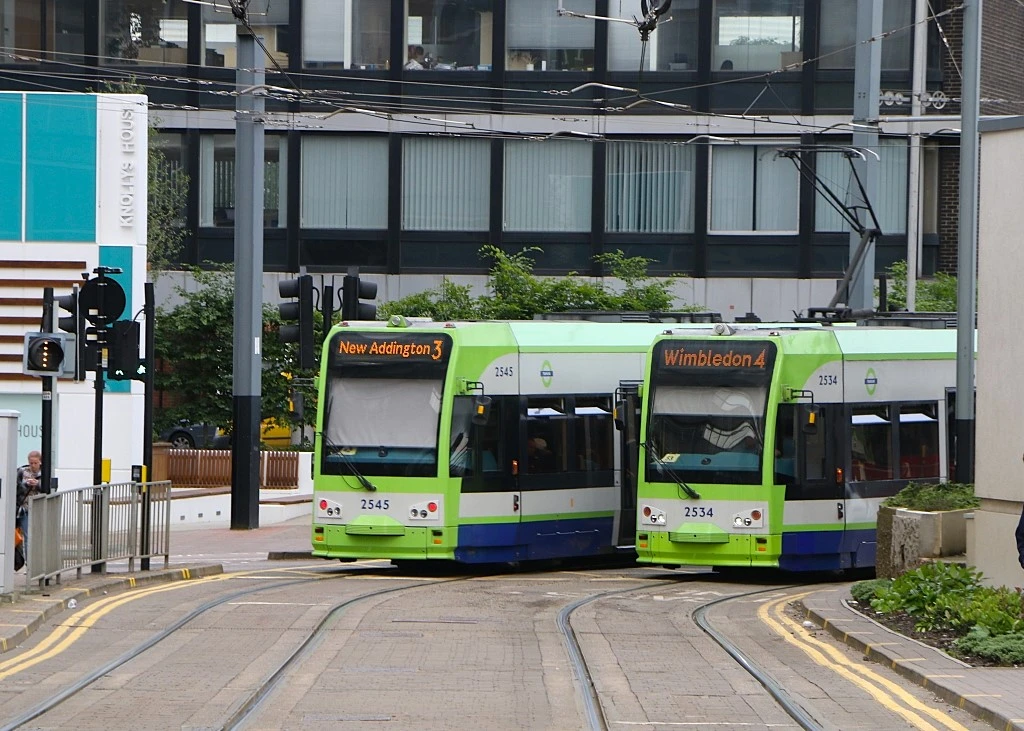
Role of Trams in London’s Transport Network
Trams play a unique role within London’s transit infrastructure. By connecting suburban neighborhoods directly to bustling commercial areas and transport hubs, the Tramlink helps to ease road traffic while providing a dependable transit option for daily commutes, shopping trips, and social outings. Additionally, with links to major stations like Wimbledon and West Croydon, the Tramlink facilitates easy transitions to other TfL services, including the Underground, Overground, and National Rail. This integration into the wider transport network helps Londoners enjoy smooth multi-modal travel, optimizing their journey times and contributing to a more sustainable urban mobility strategy.
Overview of Tramlink Routes and Destinations
The Tramlink system consists of four primary routes that converge in Croydon, a central hub from which residents can access various destinations across South London. These routes serve a mix of residential and commercial areas, providing diverse connectivity options for different commuter needs.
Primary Routes and Service Areas
Each route on the Tramlink network offers specific services tailored to the surrounding communities:
- Route 1: Wimbledon to Elmers End: This route is popular among residents commuting to and from Wimbledon, where they can access the District Line and National Rail services. The route passes through several key neighborhoods, making it suitable for both work and leisure trips.
- Route 2: Beckenham Junction to West Croydon: Ideal for commuters, Route 2 connects Beckenham Junction, which links to Southeastern rail, with Croydon’s commercial center. It provides easy access to central London via the Overground, making it a valuable route for those who work or study in the city.
- Route 3: New Addington to Wimbledon: One of the longest routes, Route 3 connects the residential areas of New Addington with key transit hubs like Wimbledon, serving as a vital link for residents accessing commercial areas and educational institutions.
- Route 4: Elmers End to Therapia Lane: Although shorter, Route 4 provides essential connectivity between Elmers End and the industrial and commercial zones around Therapia Lane and Croydon. Its frequent services make it a practical choice for daily commuters.
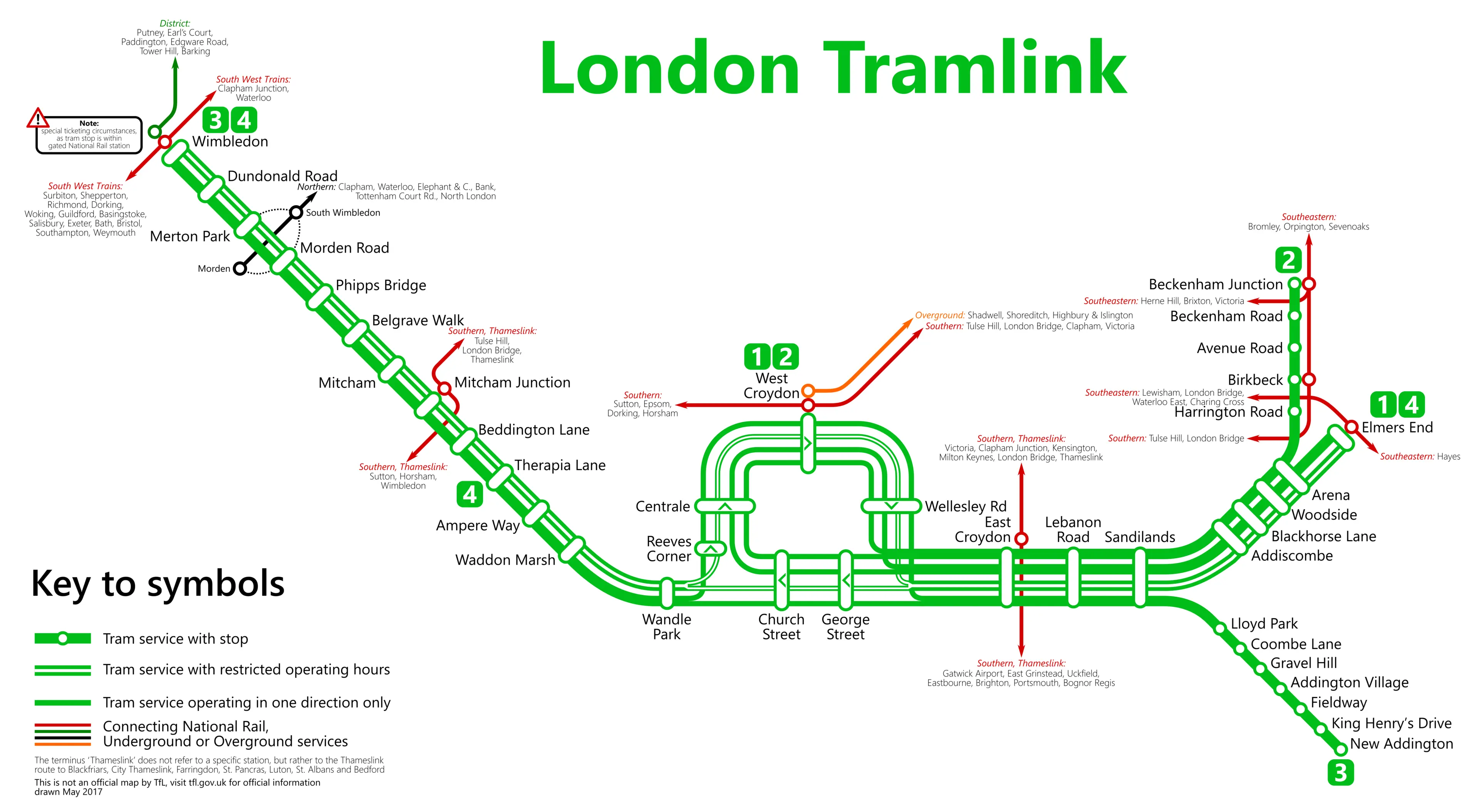
Popular Destinations and Interchange Stations
The Tramlink provides access to several important destinations and transfer points:
- Croydon: Croydon serves as the primary hub for Tramlink, with access to major shopping centers like Centrale and Whitgift, as well as numerous restaurants, offices, and entertainment venues.
- Wimbledon: At the Wimbledon station, commuters can connect to the District Line and National Rail, facilitating further travel into central and western parts of London.
- Beckenham Junction and Elmers End: Both stations link to Southeastern rail services, offering connections to central London, which is convenient for those needing to extend their commute beyond South London.
London Tramlink Fares, Zones, and Payment Options
The Tramlink shares the same fare structure as other TfL services, which allows for easy transfers between trams, buses, and the Underground without needing additional tickets.
Payment Methods: Oyster, Contactless, and Travelcards
The Tramlink accepts Oyster cards, contactless bank cards, and mobile payment methods like Apple Pay and Google Pay. These options allow passengers to take advantage of TfL’s fare capping system, which limits daily and weekly travel expenses across all TfL services. For frequent travelers, Travelcards offer unlimited travel within certain zones, providing further cost savings for those who use public transportation regularly.

When using Oyster or contactless payment on Tramlink, it’s important to tap in and tap out at tram stops to ensure you’re charged the correct fare. Unlike buses, where you only tap in, trams require both to accurately calculate the fare within TfL’s capping system. Additionally, if you’re planning to travel outside central London frequently, consider investing in a Travelcard that covers outer zones, as it could save you more in the long run compared to relying solely on fare capping.
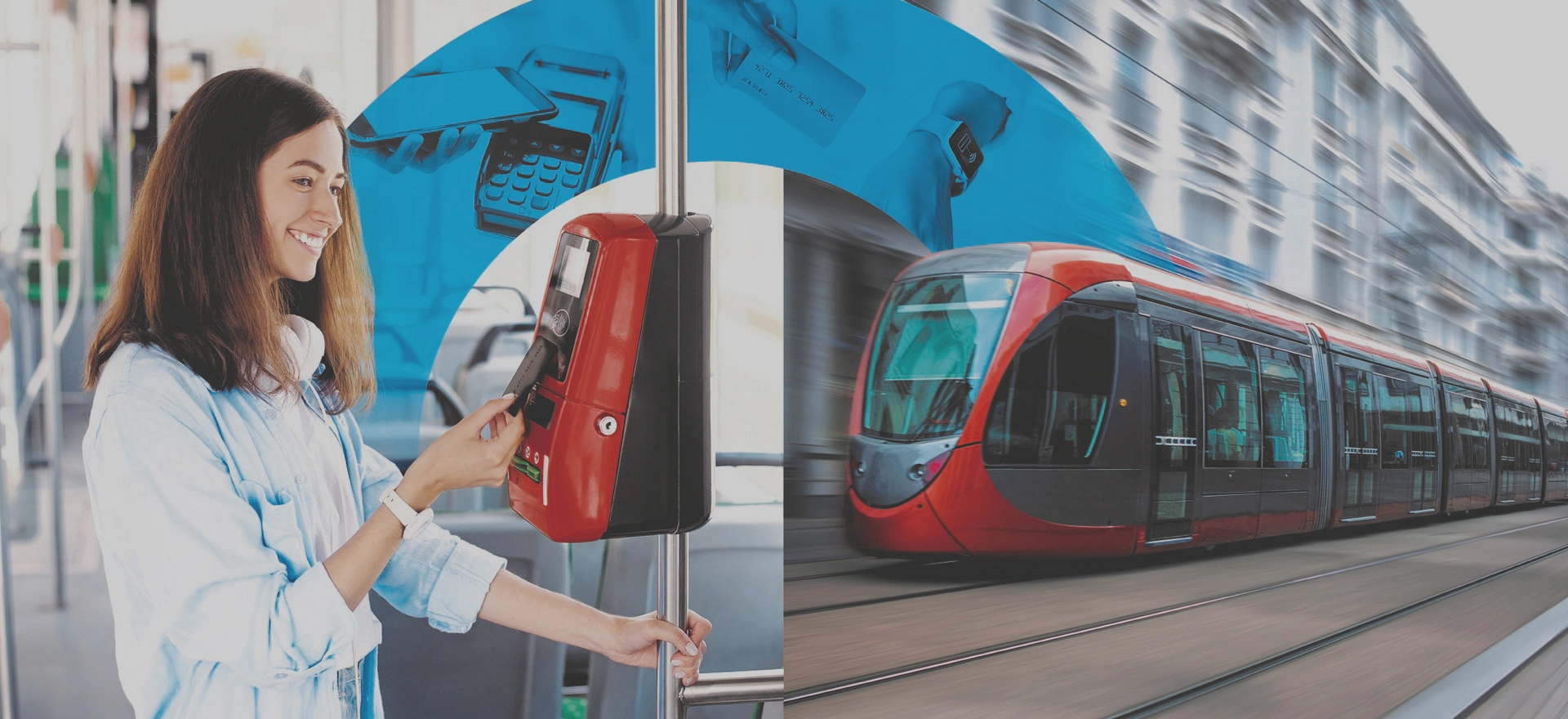
Fare Zones and Cost Structure
The Tramlink covers fare zones 3 through 6, yet it maintains a flat fare, which makes traveling on trams simple and predictable. Unlike the Underground or National Rail, which charge more for travel across multiple zones, the tram fare remains constant regardless of the distance. This flat fare system is particularly beneficial for residents who make regular commutes, as it ensures a consistent and manageable travel cost.
Peak vs. Off-Peak Pricing
The Tramlink stands out for its single fare policy, with no fare variations based on peak or off-peak hours. This means that residents can travel at any time of day without incurring additional costs during rush hours, which is often the case with other TfL services. This feature provides predictability and cost-effectiveness, especially for those who travel frequently.
Accessibility Features on London Trams
London’s Tramlink system is designed to accommodate all passengers, including those with disabilities and mobility challenges, ensuring an inclusive and accessible experience for everyone.
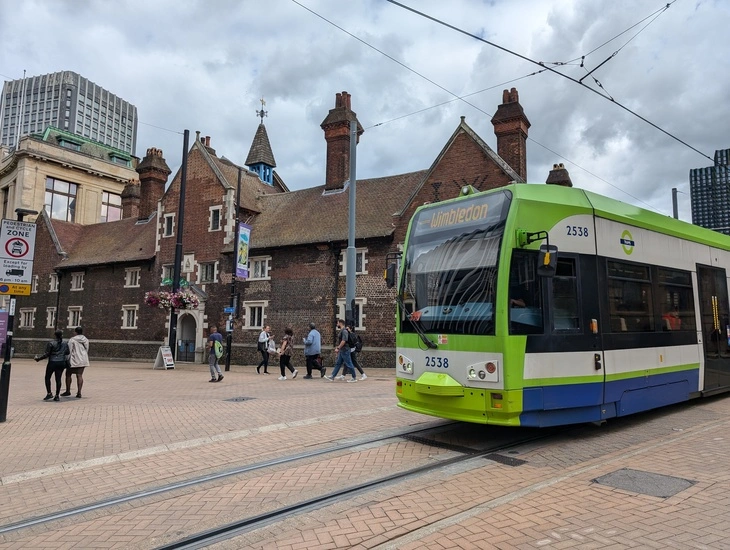
Step-Free Access and Tram Stop Design
Every tram stop on the network is equipped with step-free access, facilitating easy boarding from the platform to the tram. This is especially useful for wheelchair users, parents with strollers, and anyone who requires mobility assistance. The platforms align with tram doors to ensure seamless entry, helping passengers move on and off trams comfortably and independently.
Assistance for Passengers with Disabilities
The tram interiors include designated spaces for wheelchairs and priority seating for those with reduced mobility. Audio and visual announcements onboard keep passengers informed of upcoming stops, while tactile paving and accessible design features enhance safety and convenience at tram stops. Additionally, TfL staff are available to offer assistance as needed, ensuring a comfortable travel experience for all passengers, regardless of their specific needs.
Tramlink Operating Hours and Service Frequency
The Tramlink operates with a high frequency and extended hours, making it an ideal choice for residents with diverse travel schedules, from early morning commuters to late-night travelers.
Regular Service Hours and Frequency by Route
Tramlink services typically operate from around 5:30 a.m. to midnight, with trams arriving every 5-8 minutes during peak hours. During off-peak times, trams run every 10-12 minutes, providing consistent and reliable service throughout the day. This frequency ensures that passengers rarely have to wait long for a tram, allowing for flexible and efficient travel.
Weekend and Holiday Service Variations
Weekend services on the Tramlink are generally similar to weekdays, although some routes may experience slight frequency adjustments to reflect lower demand. On public holidays, the Tramlink maintains regular schedules, although service changes or planned maintenance may occur on major holidays like Christmas, so it’s advisable to check for updates before traveling.
Digital Tools and Apps for Navigating the Tramlink
Leveraging digital tools can significantly enhance your Tramlink experience by providing real-time updates and route planning features.
TfL Go for Real-Time Updates and Route Planning
TfL Go is the official app offering real-time updates across all TfL services, including Tramlink. With live arrival times, departure boards, and disruption alerts, the app is ideal for those needing timely information. The app also includes accessibility features and detailed journey planning tools, making it invaluable for residents who rely on public transit.
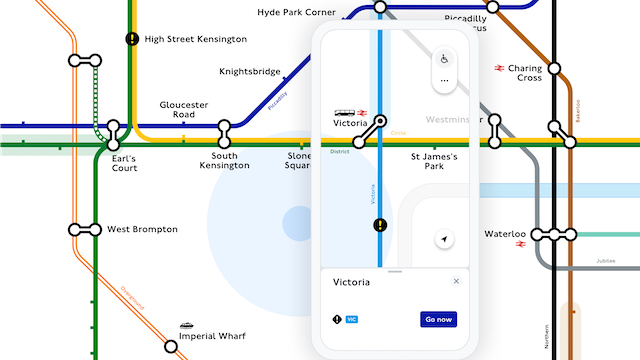
Citymapper for Multi-Modal Journey Planning
Citymapper is a highly popular app in London, known for integrating multiple modes of transportation, including trams, buses, and the Underground. It provides real-time updates, step-by-step navigation, and alternate route suggestions, making it especially useful for complex journeys involving multiple transfers.
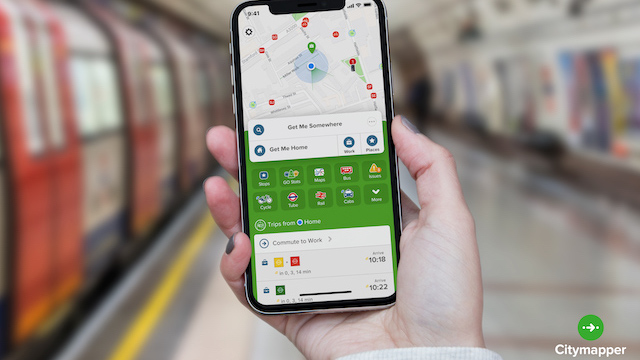
Other Useful Apps and Resources
Google Maps and Trainline are also helpful for Tramlink users. Google Maps offers accurate tram schedules and route planning, while Trainline is particularly useful for passengers connecting to National Rail services, as it combines real-time updates with ticket purchasing options, ensuring a seamless and efficient travel experience.
Practical Tips for Using the London Tramlink
To optimize your Tramlink experience, consider the following practical tips:
Navigating Transfers Between Tramlink and Other Transport Modes
Knowing where and how to transfer between the Tramlink and other services can save time and reduce stress. Key interchange stations like Wimbledon and West Croydon facilitate quick transfers to the Underground, Overground, and National Rail. Familiarizing yourself with these locations and planning your route accordingly can help you avoid unnecessary delays.
Etiquette and Best Practices for Tram Commuters
Observing basic etiquette on the trams enhances the experience for everyone. Allow others to exit before boarding, keep aisles and doorways clear, and offer priority seating to those in need.Here is the full expanded article, with detailed insights on each section to ensure comprehensive guidance for Tramlink users:
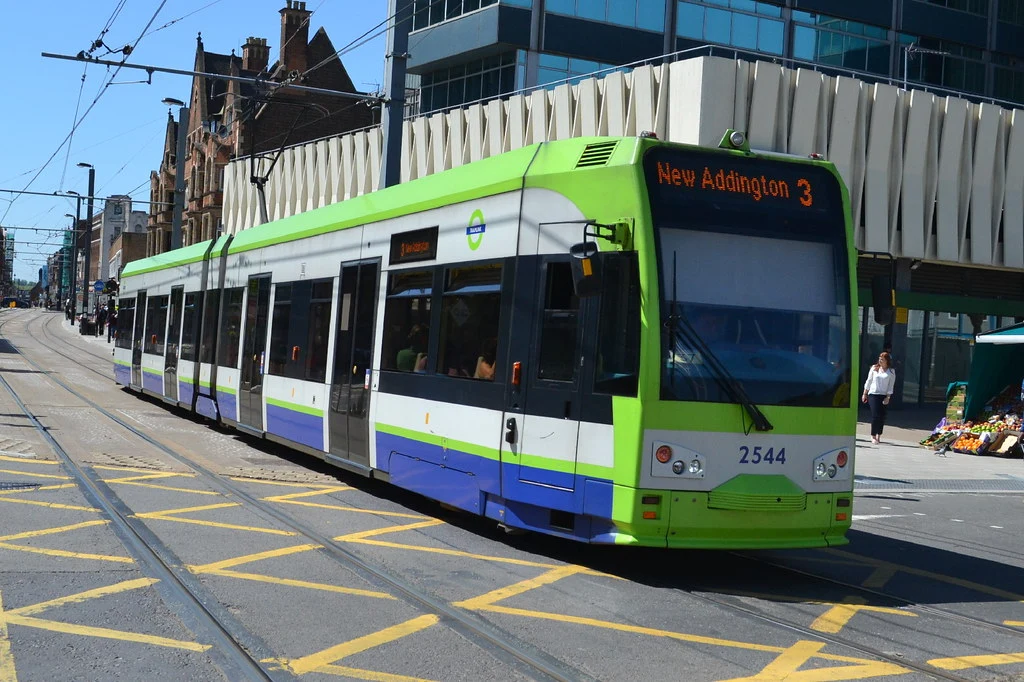
Conclusion
The London Tramlink offers a practical and accessible mode of transport for South London residents, connecting key destinations and facilitating seamless transfers with other TfL services. With its flat fare structure, frequent service, and robust accessibility features, the Tramlink stands as a reliable and cost-effective choice for navigating the city. By leveraging real-time digital tools like TfL Go and Citymapper, you can maximize efficiency and ensure an optimal commuting experience on the trams. With this guide, you’re well-prepared to make the most of the London Tramlink, whether for daily commutes, errands, or leisurely outings.


